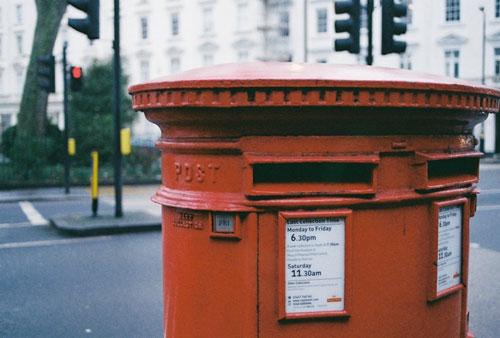London Postcode: Important Elements and History
| Published: 2nd March 2020 17:34 |
With the development of location tracking, it’s become so much easier to send correspondence and packages all around the world. However, a postcode is still a crucial element of any address. A small mistake can ship your package to a totally different location.
London, of all places, has an interesting history of post in general, including the assigned codes to its areas.
Elements of the London Postcodes
A standard London postcode consists of two parts:
● The outward code.
This is an element indicating the major area (city or district) where the letter or package has to be shipped for further sorting and transfer. For example, SW1A 1AA is the post code of the Buckingham Palace. SW1A here is the outward part, it refers to the division (A) of the district (1) of the south-west London area;
● The inward code.
This is an element that identifies a number of places in the city that, along with the actual address, shows where exactly the letter or package has to be delivered. Continuing the Buckingham palace topic, 1AA is the second part of their postcode. It refers to the 1st sector in the AA unit.
Let’s see some elements of the code in details:
● Area.
An alphabetic indicator consisting of one or two characters, referring to one of the postal areas of London (E for East London, SO for Southampton, etc.);
● District.
A numeral referring to a certain district within the area. The range of numbers used is 0 to 99. Some also have subdivisions that are indicated by another letter after the numbers, like xx1A.
● Sector.
Another number 1 to 0 indicates the post sector. It’s important to remember that 0 is the tenth sector in this case, not the first.
It’s confusing, but the system seems to work out just fine. There are 124 postal areas in the city, and new ones might be coming. The latest one was created around the London Olympics in 2012. It’s called E20.
There are also about 11,200 postcodes distributed within these areas. Such a large number is explained by the system the city has, where every postcode is assigned to a very small area for precision. One code can cover up to 100 addresses, but the average is 15.
Brief History of the London Post Codes
Before 1858, there was no such thing as a postcode in London. The city’s population grew exponentially, which resulted in a larger volume of correspondence. So, it was decided to divide the city into ten districts: two central and eight referring to the compass directions. Every district got its own local post office, then each was divided into sub-districts.
In the 1950s, a new system was introduced, which was implemented nationwide in 1974 and is used and enhanced nowadays.
It’s very difficult to remember all the codes, but you don’t have to. There are plenty of websites and interactive maps that can help you get the needed combination in seconds.
Report this article as inappropriate
Comments
You need to log in before you can do that! It's only a quick registration process to join the AMA network and completely free.



 Help
Help





 Loading...
Loading... Help
Help